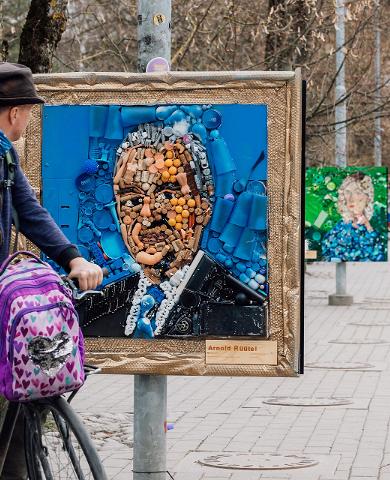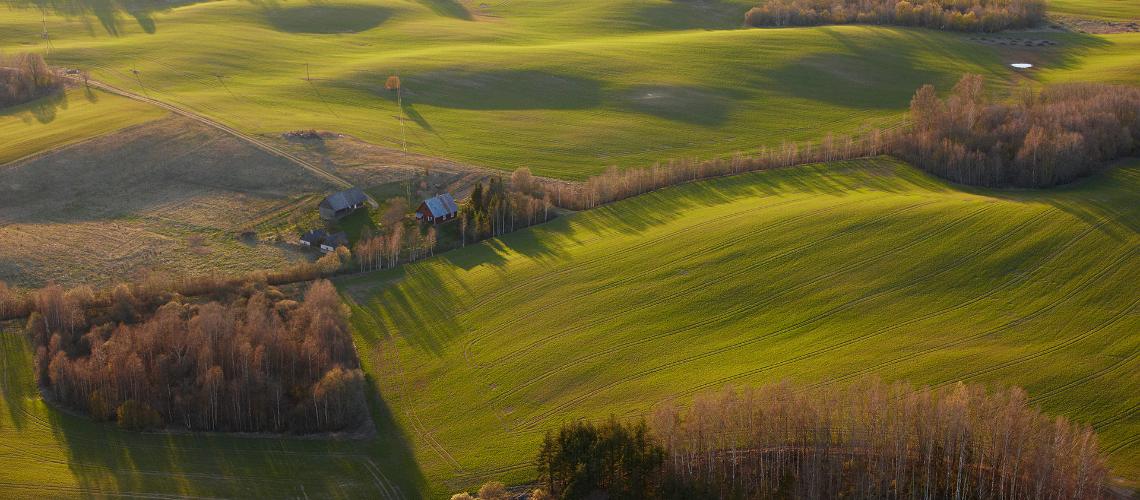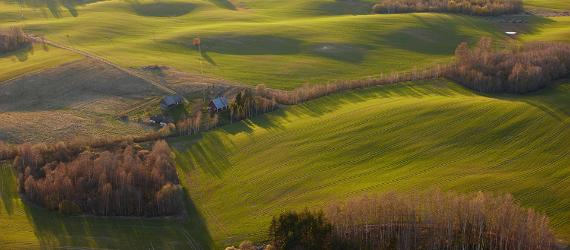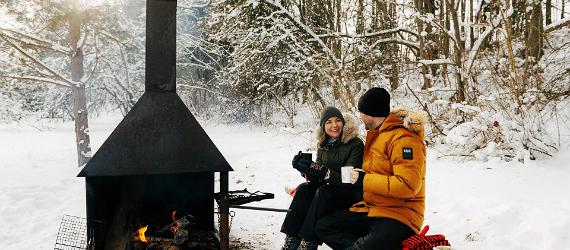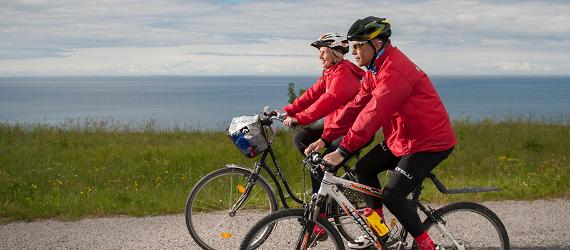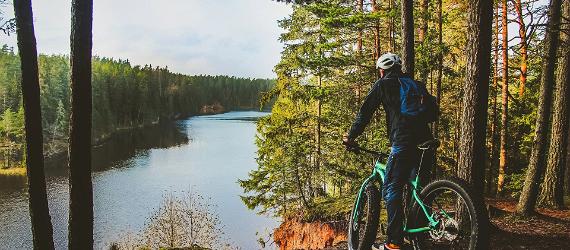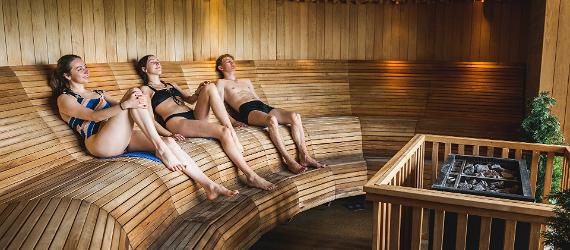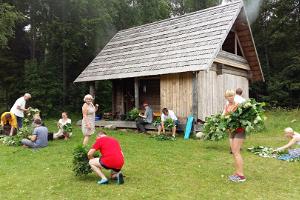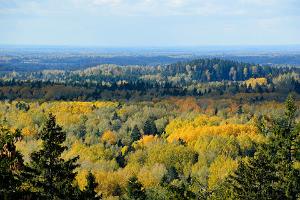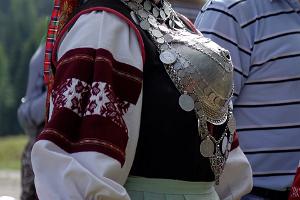Karula National Park
Located in Southern Estonia, Karula is the country's smallest national park. Its small rounded hills are generally not found elsewhere in Estonia.
Karula National Park’s varied topography was formed at the end of the Ice Age more than 10,000 years ago when meltwater carried sand and gravel into the gaps between the glaciers. Later, the ice melted, leaving a 2-3 meter thick soil layer on top of the sand and gravel.
Between the hills in Karula are dense groves of trees and marshes. Small lakes dot the landscape like eyes looking up at the sky and shining in the sun. The best spot to admire the view is from the observation tower.
A block of uninterrupted forest takes up almost half of Karula National Park. This exceptionally high-value forest is the largest of its kind under protection in southeastern Estonia. This massive forested area is home to large wild game, such as elk, roe deer, wild boar, lynxes, wolves, and bears. Among the protected species, the most notable are the black stork, osprey, lesser spotted eagle, sand lizard, spadefoot toad, and the rare daisy-leaf grape-fern.
Not a single road section is straight in Karula. Roads meander around the hills, which means it takes a little longer to get from one place to another. It’s the perfect expression of the character of the people of the region—peaceful progress and living as they have for centuries.
While hiking through the park, you will come across ancient burial sites and century-old farm buildings that speak of Karula's rich cultural heritage. Visitors can observe the traditional way of Estonian life and learn about the timeless smoke sauna tradition. They can also hear Võru — a local dialect passed down from generation to generation.
What to do:
- Visit Ähijärv, a lake with crystal clear water that’s a popular place for fishing and hiking.
- Admire the village landscapes of Rebasemõisa and the beautiful view from Tornimägi.
- Go mountain biking in the forest landscapes and roads of Saarjärv.
See & Do
Information on search results display in Article 12 of the Terms of Use.






